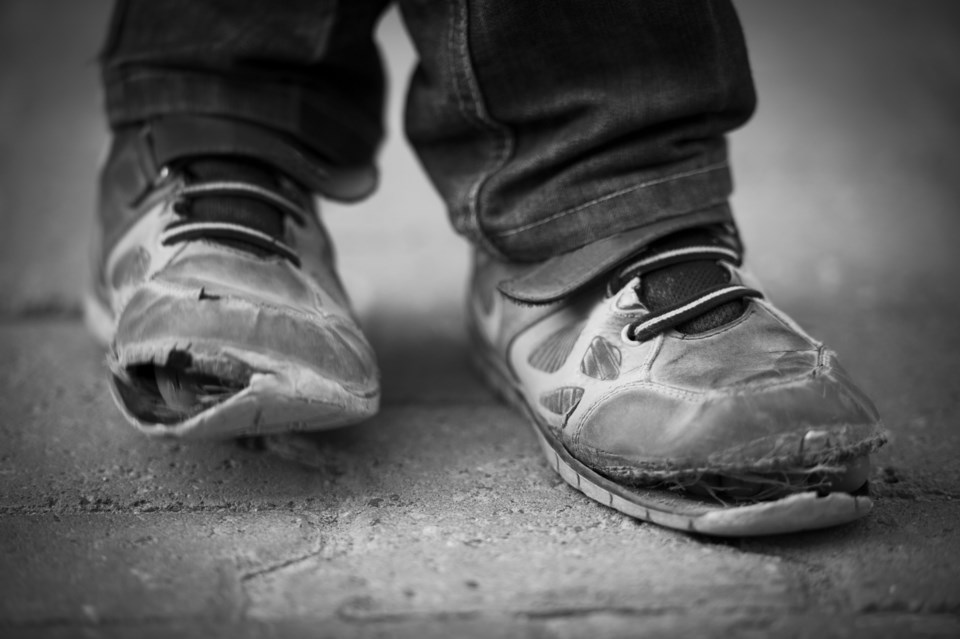A first-of-its-kind map shows no federal riding is immune from child poverty, including Burnaby’s, which ranked higher than both the provincial and national average.
The findings, released this month by a non-partisan coalition called Campaign 2000, used the most recent data available on the subject and mapped the child poverty rates according to 2013’s 308 riding boundaries. In Burnaby-New Westminster, the rate sits at 24.4 per cent (seventh highest out of B.C.'s 36 ridings), while in what used to be Burnaby-Douglas, it’s 19.8 per cent (18th highest). Those are both above the provincial average of 20.4 per cent and the national average of 19 per cent.
“Almost one in four kids is poor in that riding,” said Adrienne Montani with First Call: B.C. Child and Youth Advocacy Coalition. “That’s really high for a developed country.”
Montani went on to say the stats show just how much of a national issue it is in this election.
“There are solutions we’ve been putting forward where we feel the federal government, in recent years, has really stepped back and needs to step back up,” she added.
Some of those solutions include establishing a national housing strategy and providing better child care benefits (like parental leave, which is accessed federally through employment insurance).
“If you’ve had precarious work, and you’ve been on and off over the year, even though you’ve paid into it, you may not qualify. And then if you make a low wage, even if you qualify, you only get 55 per cent. It used to be much higher,” Montani told the NOW.
Given the higher-than-normal cost of living in the Lower Mainland, she said families living here simply can’t afford to take a full parental leave, causing them to go back to work early.
“If you make even $20 an hour, who can afford to live off of $10, or whatever 55 per cent is? That’s not really an option.”
Another change that needs to be made at the federal level, according to the coalitions, is to increase the Canada Child Tax Benefit to at least $5,600 per child.
“Some of the parties have talked about that a little bit because that is good family policy. It’s just that it has gotten stuck at the lower level and it doesn’t lift enough families out of poverty, so we’d like to see more of a generous child tax benefit,” said Montani.
By not investing in a comprehensive child poverty reduction plan, she added, the country is losing billions annually, money spent on homelessness, health care, to name a few.
The child advocate couldn’t speak to what contributed to Burnaby’s statistics – like a family’s circumstance – but did suggest, overall, most poor kids in B.C. belong to parents who are in the labour force, not to parents on income assistance. Last year, less than a quarter of kids were on income assistance, she noted.
Out of the province's 36 2013 federal ridings, 20 had child poverty rates above 19 per cent. No. 1 was Nanaimo-Cowichan (28.2 per cent), followed by Surrey North (27.7 per cent), Richmond (27.6 per cent), Skeena-Bulkley Valley (27.6 per cent), Vancouver East (27 per cent) and Chilliwack-Fraser Canyon (25.5 per cent).
To view the regional maps, visit www.campaign2000.ca.



